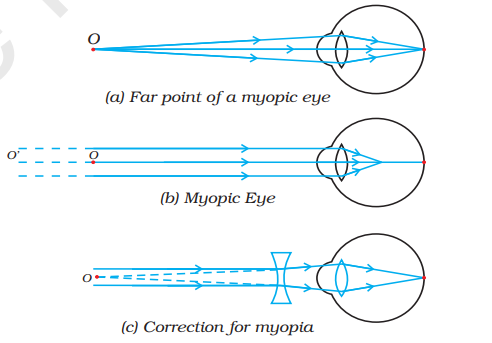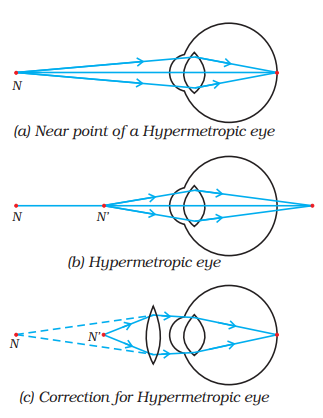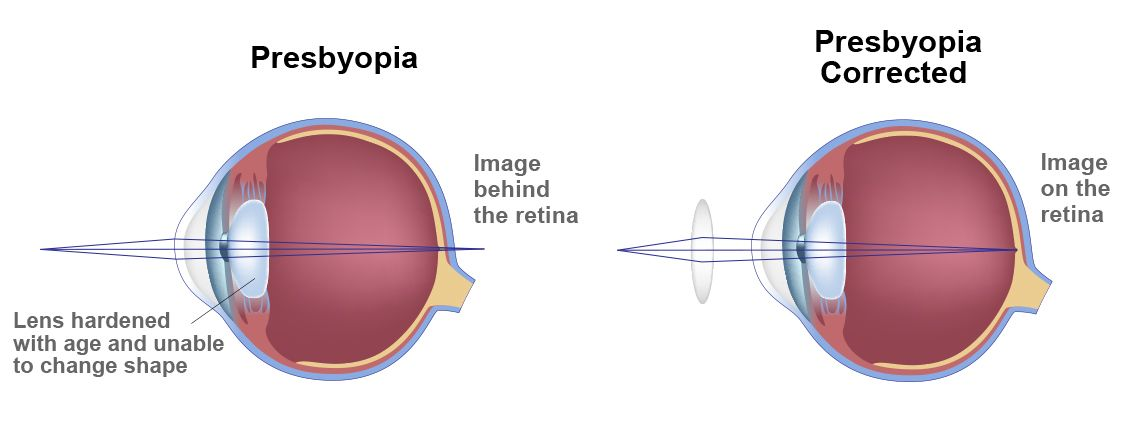Science & Technology
World Health Organization's Specs 2030
- 06 Oct 2023
- 7 min read
For Prelims: Specs 2030, Refractive Error of Vision, World Health Organization (WHO)
For Mains: Impact of vision impairment, Challenges India faces in providing vision
Why in News?
Millions around the world suffer from vision problems, with a significant portion in need of spectacles. However, access to eye care remains a challenge, particularly in low- and middle-income countries.
- In response to this crisis, the 74th World Health Assembly, 2021 has embarked on an initiative called "Specs 2030" to provide integrated and people-centered eye care.
What is Specs 2030?
- About:
- The World Health Organization (WHO) is set to launch the SPECS 2030. The initiative's goal is to assist member states in addressing the unmet need for spectacles while ensuring the delivery of quality eye care.
- Vision:
- It envisions a world in which everyone who needs a refractive error intervention has access to quality, affordable and people-centred refractive error services.
- Mission:
- It has the mission to support Member States with the achievement of the 74th World Health Assembly endorsed 2030 target on effective refractive error coverage.
- The initiative calls for coordinated global action amongst all stakeholders across 5 strategic pillars, in line with the letters of SPECS, to address the key challenges to improving refractive error coverage.
What is a Refractive Error of Vision?
- About:
- Refractive error of vision is a common eye condition that affects the way light is focused on the retina( (a light-sensitive layer of tissue in the back of your eye), leading to blurred or distorted vision.
- This condition can manifest in various forms and severity levels.
- Types of Refractive Errors:
- Symptoms of Refractive Errors:
- The most common symptom is blurry vision. Other symptoms include Double vision, Hazy vision, Seeing a glare or halo around bright lights, Headaches, and Eye strain.
Other Types of Common Eye Defects/ Diseases
- Color Blindness (Color Vision Deficiency):
- The most common type of color vision deficiency makes it hard to tell the difference between red and green. Another type makes blue and yellow look the same.
- Cataract:
- A cataract is a clouding of the lens of the eye, which is typically clear. It occurs when the structure of crystallin proteins that make up the lens in human eyes deteriorates.
- Age-Related Macular Degeneration (AMD):
- It is an eye disease that can blur central vision. It happens when aging causes damage to the macula — the part of the eye that controls sharp, straight-ahead vision. The macula is part of the retina (the light-sensitive tissue at the back of the eye).
- Conjunctivitis (Pink Eye):
- It is an eye condition characterized by inflammation of the conjunctiva, the thin membrane that covers the white part of the eye and lines the inner eyelids.
- Glaucoma:
- It is a group of eye diseases that can cause vision loss and blindness by damaging a nerve in the back of your eye called the optic nerve.
What is the Impact of Vision Impairment?
- The Global Vision Crisis:
- According to WHO, over 2.2 billion people globally suffer from compromised eyesight.
- At least 1 billion of these cases could have been prevented with access to proper eye care.
- A staggering 90% of individuals with vision impairment or blindness reside in low- and middle-income countries.
- India's Urgent Need for Vision Care:
- India is facing a huge challenge of providing eye care and glasses to millions of people who suffer from vision impairment due to uncorrected refractive errors.
- According to the WHO, at least 100 million Indians need spectacles but have no access to them.
- India is facing a huge challenge of providing eye care and glasses to millions of people who suffer from vision impairment due to uncorrected refractive errors.
- The Economic Impact of Vision Impairment:
- Vision impairment results in a significant global economic loss of approximately USD 410.7 billion.
- The cost of ensuring access to eye care and treatment for all is estimated at USD 24.8 billion, according to the WHO.
- The Alarming Rise of Myopia:
- Myopia is increasing globally. In China, the average onset of myopia has shifted from 10.5 years to 7.5 years in just two decades.
- East and South Asian countries, including Taiwan, Korea, China, Singapore, and Japan, are witnessing a significant surge in myopia cases.
- By 2050, it is projected that 50% of the world's population will be myopic. It is predicted that half of the world's population will require glasses in the near future.
Way Forward
- Implementing strategies to reduce screen time, encouraging outdoor activities, and monitoring children's eye health can help combat myopia.
- Encouraging individuals of all ages to undergo regular eye check-ups is essential for early detection and intervention.
- Building infrastructure for accessible eye care services, especially in remote and underserved areas, is critical.
- Public education campaigns should be launched to increase awareness about refractive errors and their impact on vision.
- Encouraging governments, NGOs, and the private sector to collaborate and invest in the Specs 2030 is essential to achieve its goals.
UPSC Civil Services Examination Previous Year Question (PYQ)
Mains
Q. Appropriate local community-level healthcare intervention is a prerequisite to achieve ‘Health for All’ in India. Explain. (2018)










